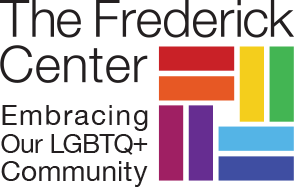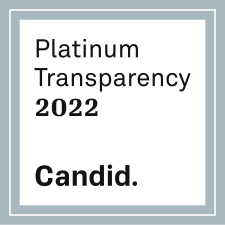LGBTQIA+ Vocabulary
This section provides a dictionary of terms relevant to the LGBTQIA+ community. Please refer to this section if you have any questions regarding vocabulary throughout the survey.
(Definitions are abstracted from the Human Rights Campaign, We Are Family, and PFLAG.)
Asexual: Often called “ace” for short, asexual refers to a complete or partial lack of sexual attraction or lack of interest in sexual activity with others. Asexuality exists on a spectrum, and asexual people may experience no, little or conditional sexual attraction.
Bisexual: A person who is emotionally, romantically or sexually attracted to more than one sex or gender.
Gay: A person who is emotionally, romantically or sexually attracted to members of the same gender.
Gender Affirmation Surgery: Surgical procedures that can help people adjust their bodies to match their innate gender identity more closely. Used interchangeably with gender affirmation, gender confirmation, and gender-confirming surgery.
Gender Expression: The external appearance of one’s gender identity, usually expressed through behavior, clothing, haircut or voice, and which may or may not conform to socially defined behaviors and characteristics typically associated with being either masculine or feminine.
Gender Identity: One’s innermost concept of self as male, female, a blend of both or neither – how individuals perceive themselves and what they call themselves. One’s gender identity can be the same or different from their sex assigned at birth.
Gender Non-Binary: An adjective describing a person who does not identify exclusively as a man or a woman.
Lesbian: A woman who is emotionally, romantically or sexually attracted to other women.
Men who have sex with men (MSM): Used primarily in the health care field to classify men who identify as heterosexual, but engage in sexual activity with other men.
Pansexual: Describes someone who has the potential for emotional, romantic or sexual attraction to people of any gender though not necessarily simultaneously, in the same way or to the same degree.
Sex: Also referred to as Biological Sex. Refers to anatomical, physiological, genetic, or physical attributes that determine if a person is male, female, or intersex. These include both primary and secondary sex characteristics, including genitalia, gonads, hormone levels, hormone receptors, chromosomes, and genes.
Transgender: A term for people whose gender identity and/or expression is different from cultural expectations based on the sex they were assigned at birth (i.e. someone who was assigned male at birth but identifies and presents as a woman).
Transition: A term used to refer to the process–social, legal, and/or medical–one goes through to affirm one’s gender identity. For some, this means changing hairstyles, clothing, and other forms of gender expression. For others, this means changing names, pronouns, and identification documents, while for others, this may include gender-affirming medical care such as taking puberty blockers, taking hormones; and having gender-affirming surgeries.
Women who have sex with women (WSW): Women who identify as heterosexual, but engage in sexual activity with other women.

